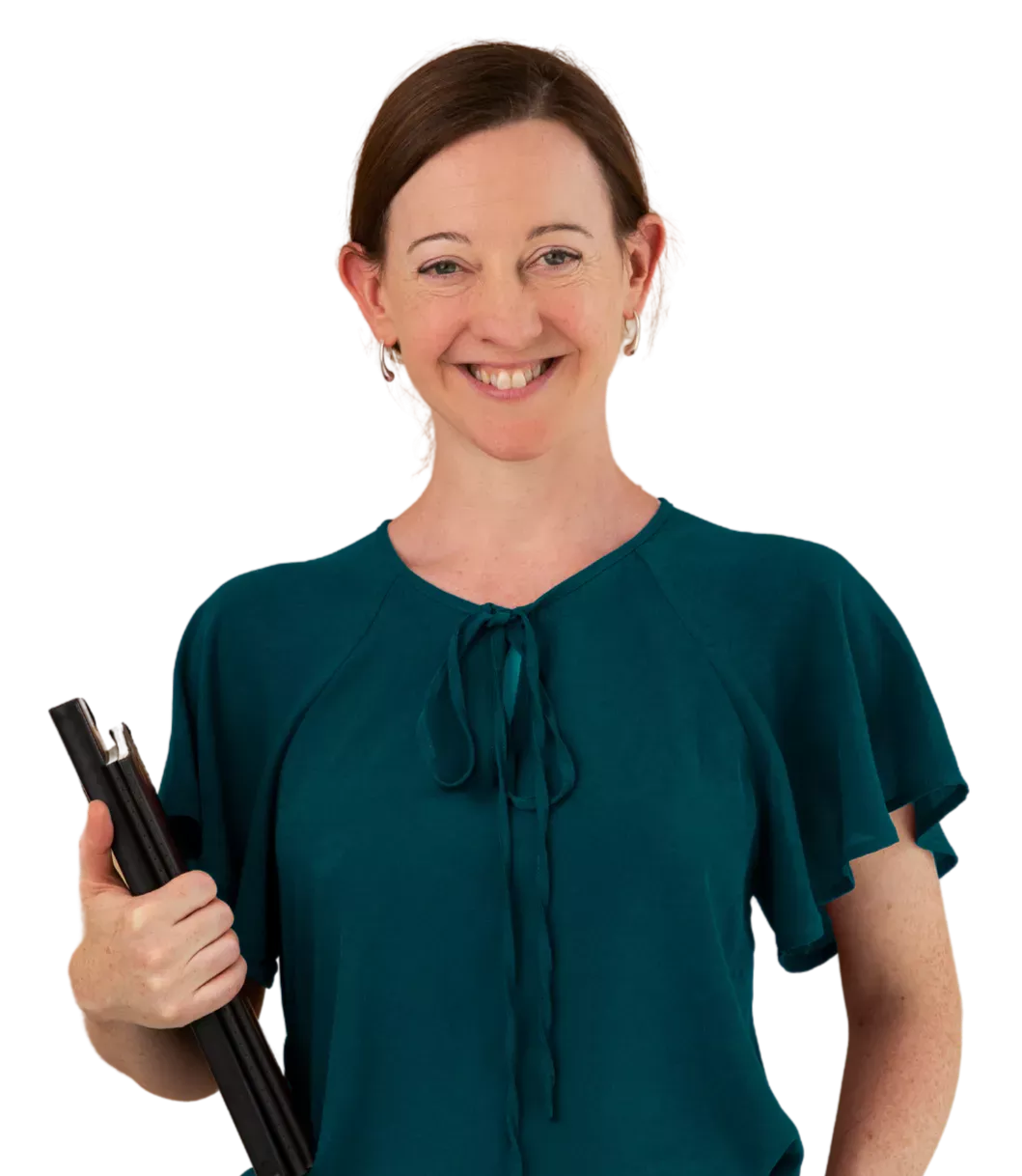Subjects
In grammar, we use the word 'subject' to talk about the pronoun, noun or noun phrase that does the action of verb. In English, the subject is usually before the verb.
The simplest English sentences have only a subject and a verb.
- John arrived. (Subject = John, verb = arrived. 'John' is a proper noun. 'John' is also the subject of this sentence, because John is the person who arrived, so he is the person who did the verb.)
- Lucy smiled. (Subject = Lucy, verb = smiled. 'Lucy' is also a proper noun, and is also the subject of the sentence, because she is the person who smiled.)
- I love chocolate. (The subject is 'I'.)
- They went to the cinema. (The subject is 'they'.)
- The scientist looked out of the window. (The subject is 'the scientist'.)
- An orange cat was sitting on the grass. (The subject is 'an orange cat'.)
- I am hungry. (The subject is 'I' and the linking verb is 'am'.)
- The children are in the garden. (The subject is 'the children' and the linking verb is 'are'.)
- John seemed tired. (The subject is 'John' and the linking verb is 'seemed'.)
- The man who lived upstairs gave us some sweets.
(Here, the subject is 'the man who lived upstairs'. The main noun is 'man' and 'who lived upstairs' is a relative clause giving us more information about the man.) - The book on the red table is mine.
(Here the subject is 'the book on the red table'. The main noun is 'book' and the prepositional phrase 'on the red table' gives us more information about the book.)
- Lucy's grey cat and Alice's white cat went for a walk.
(Here the subject is 'Lucy's grey cat and Alice's white cat'.) - The man whose daughter I met in high school and the manager of the bank where Amanda works and my brother's new girlfriend played golf yesterday.
(The subject is 'the man whose daughter I met in high school and the manager of the bank where Amanda works and my brother's new girlfriend'.)
In grammar, we use the word 'object' to talk about the thing or person that the verb is done to, or who receives the verb. It can be a noun, a noun phrase, a pronoun or a longer complex object, which is modified (in a similar way to a complex subject).
Only a transitive verb can have an object. An intransitive verb never has an object. Read more about transitive and intransitive verbs here.
- I love chocolate. (The object is 'chocolate'.)
- David met Lucy yesterday. (The object is 'Lucy'.)
- I put the orange cat into the garden. (The object is 'the orange cat'.)
- We saw the man whose house my brother built. (The object is 'the man whose house my brother built'.)
- The boys threw away the toys that they no longer played with and all the clothes that had become too small. (The object is 'the toys that they no longer played with and all the clothes that had become too small'.)
A few verbs in English can have two different kinds of objects. We call these the 'direct object' and the 'indirect object'. The 'direct object' is what I've been talking about on this page so far. It's the thing or person to who or to which we do the action of the verb. For example, in the sentence 'I give the chocolate', the subject is 'I', the verb is 'give' and the direct object is 'the chocolate'. But we can also say 'I give Lucy the chocolate'. In this case, 'Lucy' is the indirect object and she receives the direct object, which is the chocolate.
- I made my friend some coffee. (Here the direct object is 'some coffee', which is the thing that I made. The indirect object is 'my friend', who is the person who receives the direct object.)
- I threw John the ball. (Here the direct object is 'the ball' and the indirect object is 'John'.)
- I passed Lucy the plate of biscuits. (Here the direct object is 'the plate of biscuits' and the indirect object is 'Lucy'.)
Try an exercise about this topic here.
Read about subject and object questions here.
